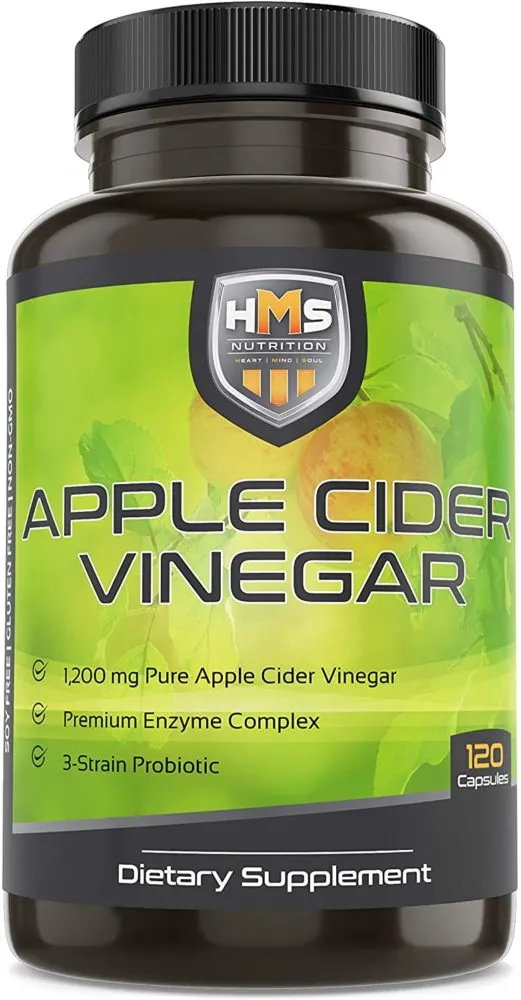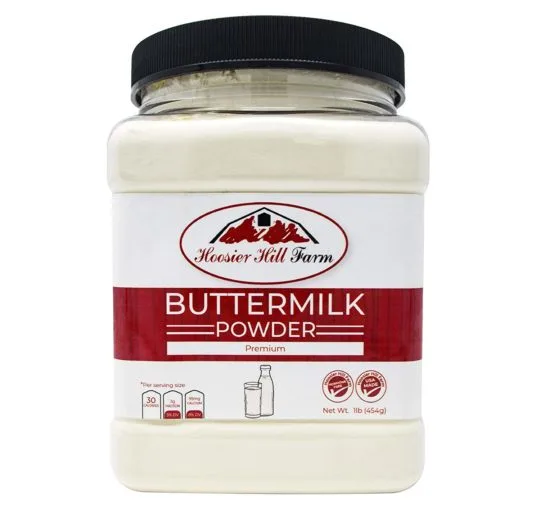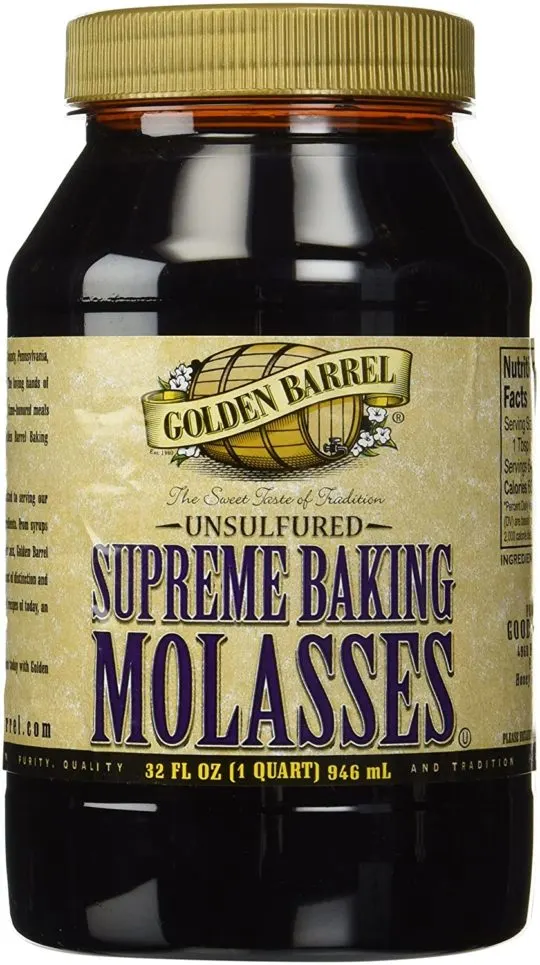Many producers of baked food items find baking powder very useful in achieving the perfect leavening effect. It also produces a rising impact in baked food items, adding a lighter texture and feel to the end product. What more? The baking process is made considerably more accessible and faster, so it might not make sense to consider baking without adding baking powder.

What happens, however, when you open up your pantry and discover that you’ve run out of baking powder while you’re right in the middle of mixing your ingredients? To avoid that quick (and somewhat unnecessary) run to the store, you should consider trying out a variety of options that can conveniently replace baking powder in your recipes. Also, determine how to properly integrate these substitutes, the right proportions, and what to add and adjust to achieve the desired effect.
What is Baking Powder?
Baking powder is a leavening ingredient of a chemical nature. It is composed of a carbonate or bicarbonate and a weak acid. By including a buffer, such as cornstarch, the base and acid are prevented from interacting early.
Baking powder is used to boost the volume of baked foods while also lightening the texture. It releases carbon dioxide into a batter or dough via an acid-base reaction, which causes bubbles in the wet mixture to expand and thus leavens the mix.
Baking powder is used in place of yeast for end-products in which fermentation flavors are unwanted. It is also used in products where the batter does not possess the elastic structure to contain gas bubbles for more than a few minutes and speed up the baking process.
Baking powder was a game-changer in reducing the amount of time and effort required to create breadstuffs. It resulted in new baked foods such as cakes, cookies, biscuits, and other baked goods. Now, baking powder is a popular and essential constituent of many pastries and other recipes.
Baking Powder Uses in Recipes
Before introducing baking powder into the food sector, bakers utilized various leavening agents that ultimately varied ineffectiveness and their results. Some of them had a sour or bitter effect on baked goods and made cooking much longer and harder.
Baking powder is helpful in many cooking procedures because of its chemical leavening ability and its rise to flour products during baking. It also lightens the texture of baked foods. Baking powder is used in a variety of recipes, including:
- Doughnuts
- Cakes
- Biscuits
- Muffins
- Scones
- Pancakes
- Bread rolls
- Pizza dough
- Ice cream cake
- African egg rolls
- Flaky pie dough
- Baked chicken wings
- Churros
- Homemade biscuits and gravy
- Brownies
- Cream cheese cookies
Substitutes for Baking Powder
Baking powder is undeniably a necessary ingredient in many baked food items. But, in a situation where you find that you’ve run out of baking powder and would instead not run to the store for another can, would you abandon your cooking project and go without your favorite pastry craving? I think not.
There are excellent replacements for a baking powder that can be used in its place to achieve the culinary functions it provides. You could try out the following options next time you experience a baking powder scarcity at home:
Plain Yogurt

Yogurt is produced from fermented milk. The fermentation process involves a breakdown of sugars and elevates lactic acid in the yogurt, effectively lowering its pH and boosting its acidity. The resulting acidic pH of plain yogurt makes it an excellent alternative for baking powder when combined with baking soda. Plain yogurt is preferable to other types of yogurt because it delivers the acidity required for leavening without introducing flavor.
In most cooking recipes, 1/4 teaspoon ( i.e., 1 gram) of baking soda and 1/2 cup (122 grams) plain yogurt can be used in place of 1 teaspoon (5 grams)of baking powder. Depending on how much plain yogurt is used, the amount of liquid in the recipe should be adjusted accordingly.
Vinegar

Vinegar is a popular component in many baked items, despite its robust and unique flavor. Vinegar is made by fermenting alcohol, which is then transformed into acetic acid by the action of microorganisms. Vinegar’s acidic pH makes it an excellent alternative to baking powder.
Although any vinegar will do, white vinegar has the most neutral flavor and will not change the color of your finished product. When combined with baking soda, vinegar has a leavening effect that mimics baking powder in cakes and cookies. A 1/4 teaspoon (1 gram) of baking soda can be combined with 1/2 teaspoon of vinegar to replace one teaspoon (5 grams) of baking powder.
Buttermilk

Buttermilk is a sour and mildly tangy-tasting fermented dairy product. It is a by-product of turning sweet cream into butter. The majority of commercial buttermilk is made by fermenting milk with bacterial cultures, which enables the breakdown of sugars into acids. Due to its acidic tendency, combining buttermilk with baking soda can have the same leavening action as baking powder.
One teaspoon (5 grams) of baking powder can be replaced with 1/2 cup (122 grams) of buttermilk and 1/4 teaspoon (1 gram) of baking soda. To achieve the proper consistency, it is essential to adjust the volume of other liquids in your recipe. If, for instance, you add 1/2 cup (122 grams) of buttermilk to your recipe, you should reduce the number of other liquids by the same amount of buttermilk added.
Molasses

Molasses is a sweetening agent, a by-product of sugar processing that is frequently substituted for refined sugar. It can also function in baking procedures as a substitute for baking powder. This is due to the acidic tendency of molasses, which generates an acid-base reaction when paired with baking soda.
1/4 cup (84 grams) of molasses and 1/4 teaspoon (1 gram) of baking soda for one teaspoon (5 grams) of baking powder is the optimal replacement proportion for molasses. Because molasses is sugar-dense in nature, you may want to reduce the amount of sweetening agents in the rest of the recipe. In addition, also reduce the amount of liquid to offset the increased liquid content from molasses.
Frequently Asked Questions (FAQs)
Can I use baking soda in place of baking powder?
Yes, as long as an acidic ingredient is present to cause a reaction. One cup of buttermilk or yogurt or one teaspoon of lemon juice or vinegar can be used together with 1/2 teaspoon baking soda in place of baking powder.
What happens if I do not use baking powder?
Making baked foods is possible without baking powder, although the final product would be relatively dense. This results from the absence of carbon dioxide produced by a chemical process if the baking powder is included in the batter.
How do I make baking powder?
Mix baking soda, cornstarch, and two parts cream of tartar to produce your baking powder.
As baking powder is an essential baking ingredient and seems indispensable in cooking, it should please you to realize that this is not the case. Our suggested options work perfectly to replace baking powder without altering taste, and eventually, you might discover that you prefer their use to baking powder in your recipes.
Conclusion
Ensure to experiment with these options in the right proportions and adjust the other ingredients accordingly to maintain the right consistency and texture. This will allow you to obtain beautiful results and discover a new variety of ways to enjoy your favorite recipes.